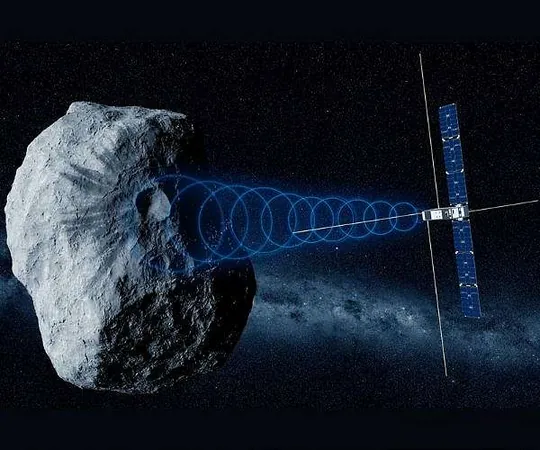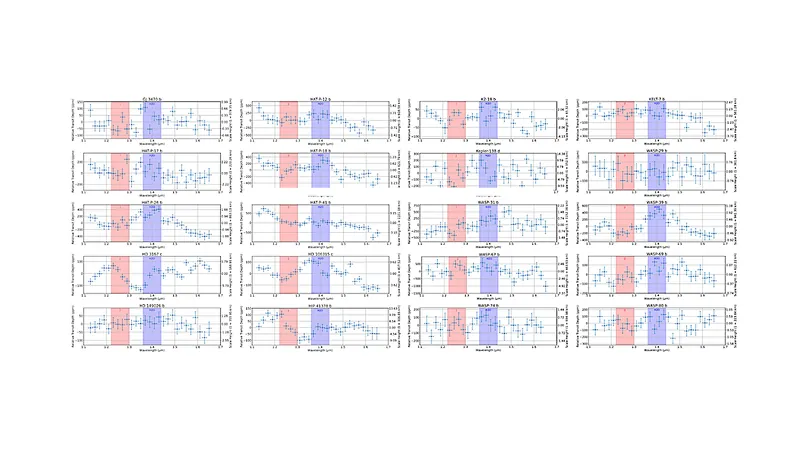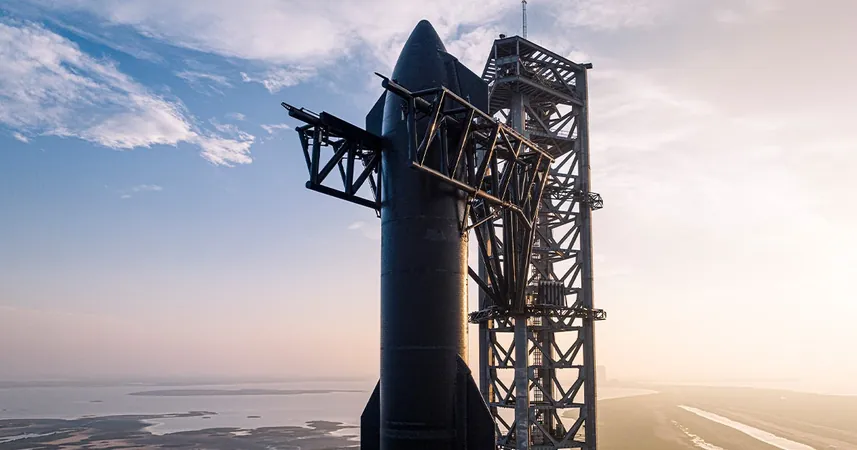
Hera Mission Sets Off on Ambitious Journey to the Didymos Asteroid System!
2024-10-11
Author: Noah
Introduction
In a thrilling development for space exploration, the European Space Agency's (ESA) Hera mission has officially launched and is now on its way to the fascinating Didymos binary asteroid system. Despite earlier warnings predicting an 85% likelihood of launch delays due to unfriendly weather conditions, the mission liftoff occurred flawlessly from Cape Canaveral aboard a SpaceX Falcon 9 rocket on October 7, 2024, at 16:52 CEST (14:52 UTC).
Launch and Separation
The Hera spacecraft experienced a smooth ascent that lasted 76 minutes before successfully separating from its launcher. Mission control at ESA's operations center in Germany received its first telemetry signals at 18:12 CEST, confirming that Hera was on its own in the vastness of space. Shortly thereafter, the spacecraft's impressive 5-meter solar arrays unfurled, enabling it to commence power generation.
Mission Confirmation and Initial Tests
ESA's Flight Dynamics team quickly verified that Hera was on the right orbit trajectory. Over the next 54 hours, the mission team conducted a series of critical tests on the spacecraft's systems, which included star trackers, reaction wheels, communication antennas, and thrusters. "It has been an action-packed few days," remarked Sylvain Lodiot, the Hera Spacecraft Operations Manager. He further emphasized, "The hardware is performing well, and we have already uplinked a few software updates."
Current Status and Future Plans
As of now, Hera is drifting over a million kilometers from Earth. In the upcoming weeks, the mission specialists will start the systematic activation and testing of its scientific instruments, gearing up for the much-anticipated arrival at Didymos in late 2026. Hera's excursion is particularly significant as it will provide an in-depth investigation of Dimorphos, Didymos' moonlet, that was the target of NASA's DART mission in 2022, which aimed to test asteroid deflection techniques.
Significance of the Mission
What's more thrilling is that Hera will be the first spacecraft ever to closely study a binary asteroid system, which makes up around 15% of known asteroids. This pioneering mission will not only enhance our understanding of the formation and dynamics of such systems but also conduct a flyby of Mars in March 2025 to analyze Deimos, one of Mars' moons. It will serve as a precursor to further explore its instruments before closing in on Didymos.
Upcoming Objectives
The monumental survey of Dimorphos is tentatively slated to kick off in 2027, making this 151-meter moonlet one of the most scrutinized objects in our Solar System.
Reflections on the Mission's Progress
Reflecting on the mission’s progress thus far, Ignacio Tanco, the Hera Flight Operations Director, shared his enthusiasm: “Hera went through a tense and improbable launch, but we managed to transform that into a smooth and successful initial phase.” Hera Mission Manager Ian Carnelli added, “Hera is an incredible mission: every phase presents fresh challenges and unexpected variables. Nevertheless, we’ve navigated these hurdles with astonishing success. I am eager to see what lies ahead.
Conclusion
Could this mission redefine our understanding of asteroids? Keep your eyes on the stars because “Didymos, here we come!”









 Brasil (PT)
Brasil (PT)
 Canada (EN)
Canada (EN)
 Chile (ES)
Chile (ES)
 España (ES)
España (ES)
 France (FR)
France (FR)
 Hong Kong (EN)
Hong Kong (EN)
 Italia (IT)
Italia (IT)
 日本 (JA)
日本 (JA)
 Magyarország (HU)
Magyarország (HU)
 Norge (NO)
Norge (NO)
 Polska (PL)
Polska (PL)
 Schweiz (DE)
Schweiz (DE)
 Singapore (EN)
Singapore (EN)
 Sverige (SV)
Sverige (SV)
 Suomi (FI)
Suomi (FI)
 Türkiye (TR)
Türkiye (TR)